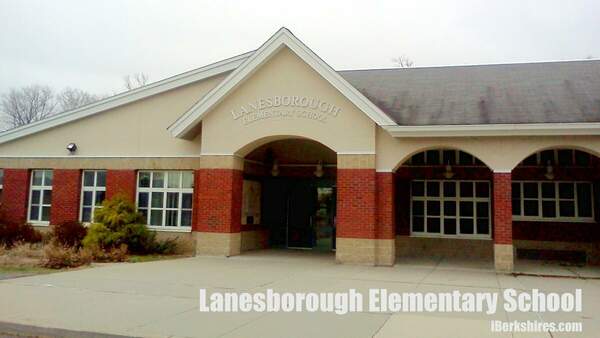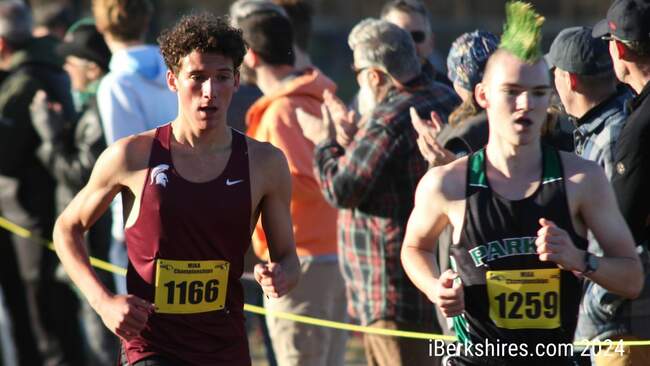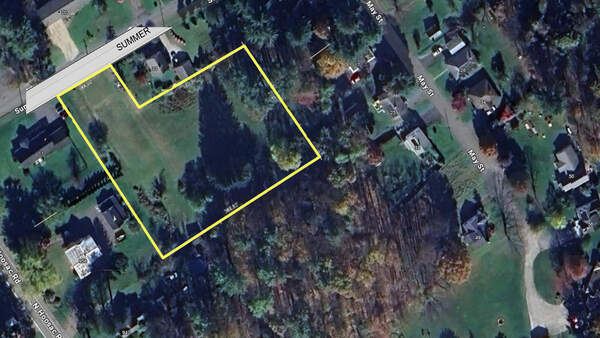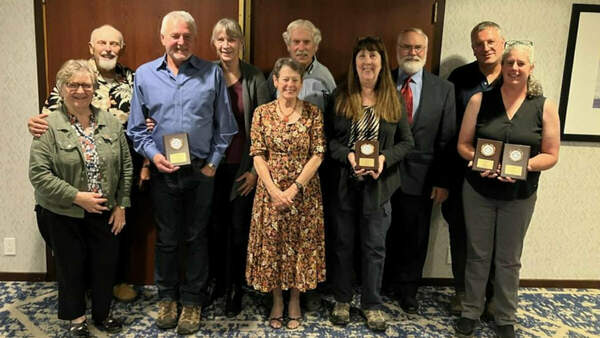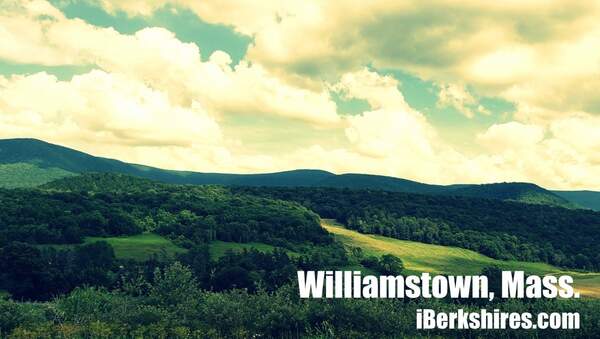Letter: Williamstown Election Can Affect Diversity
 |
To the Editor:
Election day in Williamstown is June 23 and the only contested race is for the Planning Board. We are a small town with small-town politics. We often don't think about how issues in our community fit into the issues playing out on the national stage. This year, especially, everything else seems so much more important.
The Planning Board is responsible for creating long-term plans and researching demographic and economic trends and how they might impact our community. The Board develops zoning bylaw amendments that influence how our town grows and changes in the future.
Currently, Williamstown has higher than the state average number of people in their early 20s (the college effect) and more than the state average of people over 75. Williamstown renters account for only 25 percent of households compared to the state average of 38 percent. Most of our housing was built before 1979. Life styles, family sizes, and demographics have changed since then. Vacancy rates are low and rents are high. All of this contributes to the lack of diversity in our town. One could even argue that the lack of reasonably priced housing effectively restricts who has access to the benefits of living in well-resourced Williamstown.
Last year, 86 percent of voters at town meeting passed a bylaw that would allow homeowners to add an apartment or a separate housing unit (ADU) to their property to increase the variety of housing types in our town. The goal – to attract newcomers to our community. That was one small step in the right direction. We need to do more.
Soon we will begin work on a new Master Plan that will guide our town's progress for a decade or longer. I urge you to get out to vote, it will make a difference.
Stephanie Boyd
Boyd is current chair of the Williamstown Planning Board.
Tags: election 2020,


